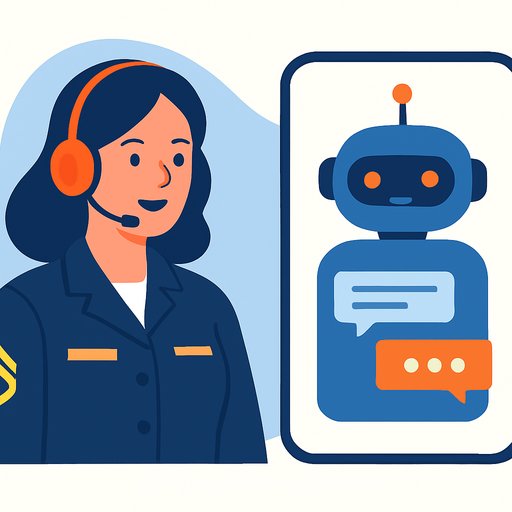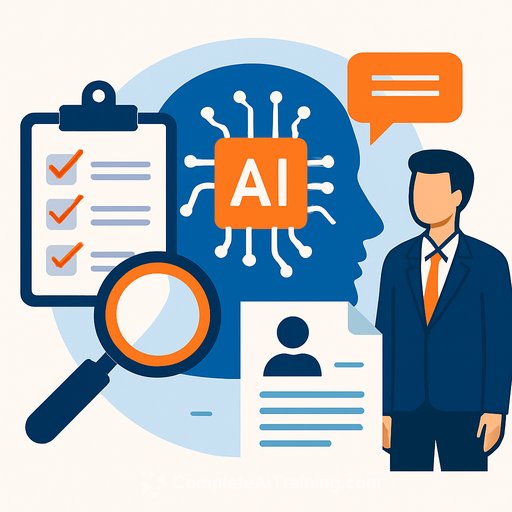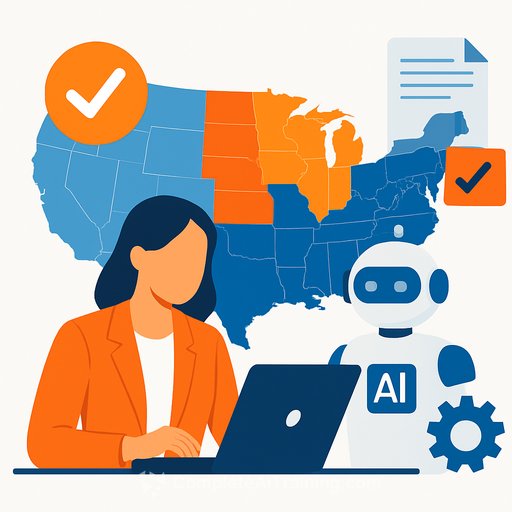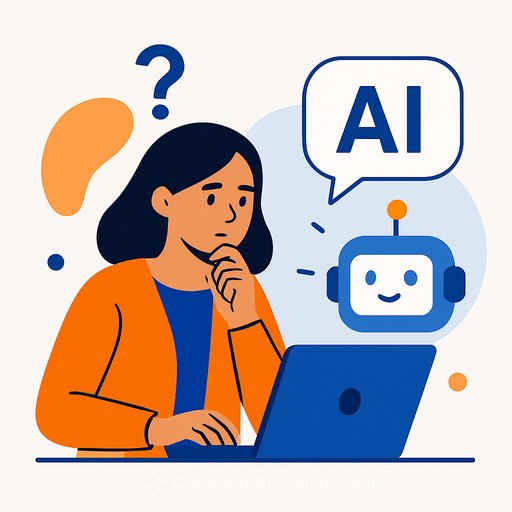The Army's HR Playbook: AI-Driven Service That Feels Personal
The U.S. Army is updating how it delivers personnel services, using AI to make support faster and more personal for soldiers, veterans, and families. The approach centers on clear service design, strong case management, and a shift in metrics from internal speed to human outcomes.
Maj. Gen. Hope Rampy, commanding general of the Army Human Resources Command (AHRC), laid out a simple goal: "To deliver world-class HR support - and that means making every soldier feel heard, valued, and personally supported."
What's changing at AHRC
AHRC's website is being redesigned with a beta AI chatbot to give soldiers and families quick, relevant answers. It's the primary entry point, so the experience needs to be fast, accurate, and easy to use.
The call center isn't being left behind. In partnership with Salesforce, AHRC is upgrading case management to track each interaction in real time-by volume and topic-so leaders can see demand patterns and fix friction points across the process.
As Rampy put it: "It's not just modernizing receiving the call and being able to quickly answer that question. It's also, how do you trace that action throughout the command?"
From efficiency to experience
AHRC is putting equal weight on the quality of the interaction, measured from the soldier's point of view. Speed matters, but it's not the whole story.
"How do I manage and measure the soldier experience? I can say I'm doing a good job because I'm only taking a certain amount of time to finish an action - but I'm not asking the soldier, 'How did you feel about that experience?'"
Personalization with generative AI
The Army's vision: use generative AI to process large data sets and deliver interactions that feel uniquely relevant. That means recognizing a service member's background, context, and likely needs-then responding with precision.
As Rampy noted, "When I follow up with the soldier, they know it's a personal experience. Because I've identified things that only apply to them and not to every soldier or officer."
What HR leaders can apply now
- Start where demand spikes: Identify the top 20 recurring questions. Train an AI assistant to handle them, with clear handoffs to human reps for edge cases.
- Instrument every channel: Website, chat, email, phone. Use one case record to track the full journey and reduce repeat explanations.
- Shift metrics to outcomes: Pair response time with CSAT, first-contact resolution, and sentiment. Review call notes and chat transcripts for quality.
- Personalize responsibly: Use existing profile data (tenure, location, role, prior cases) to anticipate needs. Log what data was used and why.
- Close the loop: Tag cases by topic and root cause. Push frequent issues into your knowledge base and update workflows monthly.
- Support your reps: Give them AI summarization, next-best actions, and policy lookups. Train for judgment, empathy, and escalation.
- Set guardrails: Define what AI can suggest, what humans must approve, and how you audit outputs for bias and errors.
A simple blueprint for AI-enabled HR service
- Channel access: Web + chat + phone, all feeding one case record.
- AI triage: Classify, route, and suggest answers with confidence scores.
- Knowledge engine: Central articles tied to policies, versions, and owners.
- Case transparency: Status, SLAs, next step, and assigned owner visible to the requester.
- Experience measurement: CSAT after resolution, sentiment on transcripts, re-open rate monitoring.
- Governance: Data minimization, role-based access, audit trails, and regular bias checks.
Metrics that matter
- First-contact resolution and re-open rate (quality of answer)
- Time to first response and total resolution time (speed without rushing)
- CSAT and effort score (how the person felt and how hard it was)
- Topic trends and backlog age (where process fixes are needed)
- Knowledge coverage by top issues (are we learning from demand?)
Why this matters for HR
AI can reduce repetitive work and surface precise information, but the real value is human: consistent follow-through, clear status, and a response that feels specific to the person asking. AHRC's approach blends technology with accountable service design-something any HR team can adopt.
Resources
Next step for your team
If you're building AI skills across HR roles, explore curated learning paths by job function to speed up adoption and reduce guesswork. See AI courses by job.
Your membership also unlocks:






